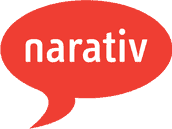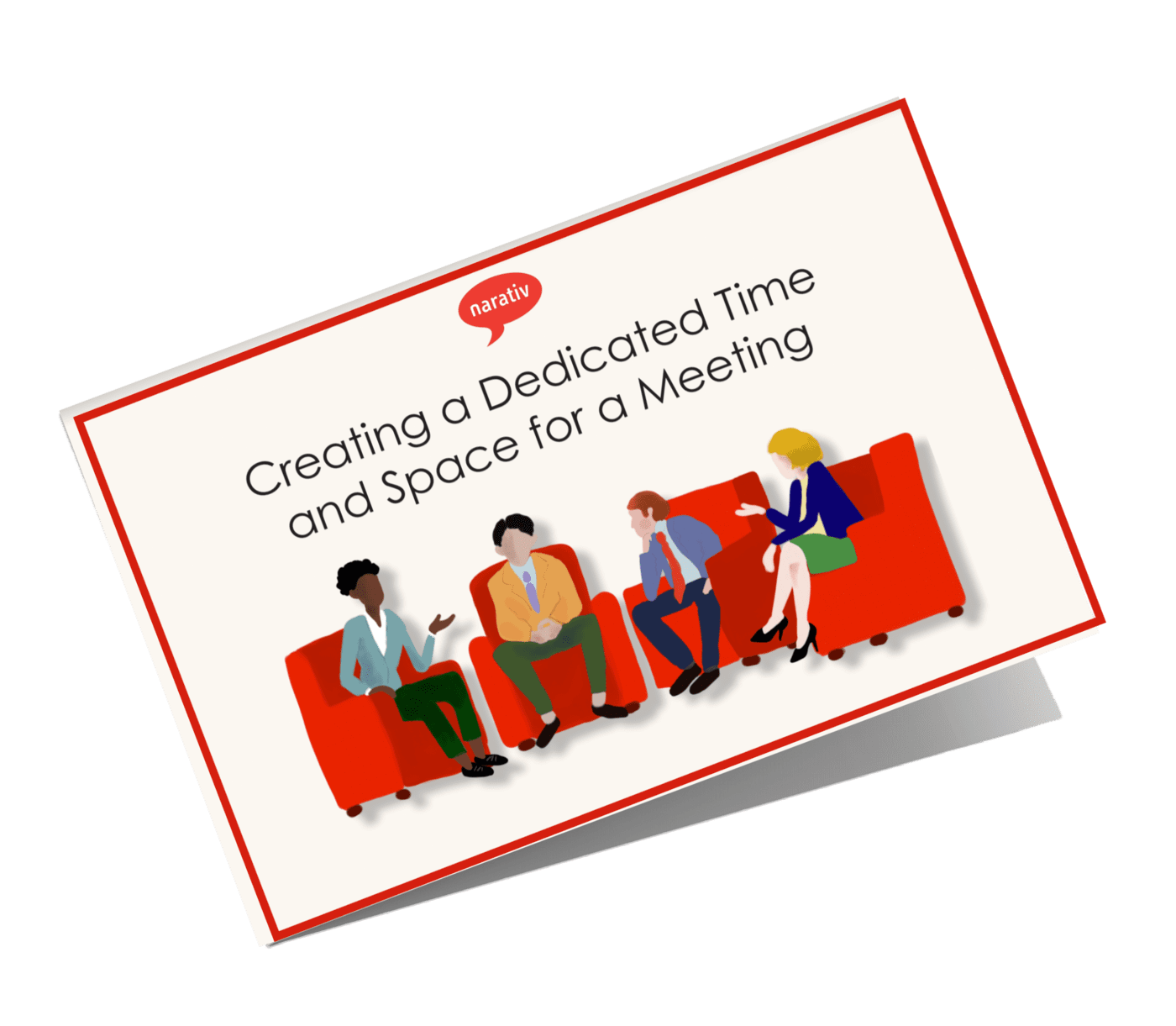On a recent episode of Narativ’s Leadership Story Talks Podcast, hosts Jerome and Julienne got the opportunity to speak with Craig Forman from Culture Amp, a company that is dedicated to improving employee engagement through tech and people. Craig approaches this mission by leading with purpose to “build a better world of work” through community building and technology in particular.
During the episode, Jerome, Julienne, and Craig discussed the path that brought Craig into the world of workplace experience innovation and earned him the title of “people scientist.” They also discussed new and ongoing evolutions in employee experience technology and what the future might look like as new technologies are integrated into the workplace experience.
Craig’s Story: Finding Purpose Through Adversity
Craig attributes much of his career trajectory to his experiences with working through adversity in his own life, which began with his parents’ divorce when he was a child. As a young adult, he wanted to attend college, but because he had no money for school he joined the military to pay his way instead. After finishing his military career and earning a degree in business, he moved to California to start figuring his life out.
As someone who had always felt drawn to people and the ways they think, Craig eventually returned to school to complete a Master’s degree in Organizational Psychology. This track led him first to a career in HR technology and client services, and then ultimately to his position at Culture Amp, converging his passion for people and his interest in creating functional workplaces. Craig’s path was, by his own admission “never scripted or planned,” but it has led him to a purpose-driven career focused on creating a better world of work—both now and in the future.
Scaling Human Solutions with Technology
During the interview, Jerome asked Craig a two-part question:
- How did the need to create a better world of work come about for him?
- How does technology help to facilitate that goal?
Craig began by explaining that it began with the experiences he had working his way through various jobs and recognizing the things that were affecting his experience.
“At a certain level I think it started with me just trying to fix what I thought was broken for me,” he said. He continued on to say that it has always seemed obvious to him what made a job good or bad—even if those managing employee satisfaction didn’t agree with his assessment. It was clear to him that the companies with happy employees were also the ones that ran the most smoothly and achieved the best results. He knew he had to find a way to prove this correlation with solid data to make it easier to persuade business leaders that workplace satisfaction is not only good on a human level, but also for business.
As for where technology comes in, Craig explained that the first step to happy employees is for leaders to spend time listening to them and their concerns. This is easy enough in a small company with 20 or 30 people, but as a company grows and expands to numbers beyond 500, it becomes nearly impossible to attend to all of them individually.
Implementing the right tech solutions can organize and expedite the listening process. It allows the same number of leaders to give many more employees individual attention and ensure everyone feels seen and has their problems resolved in a timely manner. The right tech is integral to keeping people happy in a large and growing company, and as such, can be critical to the success of a company on the whole.
Evolution and Innovations
At one point in the interview, the hosts and Craig discussed the evolutions in workplace management Craig has seen over the course of his career as well as the foreseeable advancements he is excited about.
One thing Craig brought up was that for all the negatives that came with the Covid-19 pandemic, there were also a number of positives—such as the forced evolution to more versatile work. Most workplaces had to quickly figure out how to do their work in a remote or hybrid capacity. They also had to put systems in place to enhance communication even when people were working from different locations.
“I feel like Covid was kind of a handbrake on inertia that we may never have again,” Craig said. He went on to indicate that he was eager to see how the pandemic lockdown-era evolution would carry into the future in terms of communication and accessibility.
Another advancement Craig is excited to see is the data-driven shift in the business world from a focus on executives to a focus on workers—including new innovations in accommodating different generations of workers. He explained that in today’s job world, what a 24-year-old worker wants and what a 50-year-old worker wants are entirely different, but that it is entirely possible to cater to both.
“It’s not so taboo to think that you can have different ways of handling different people,” he told the hosts.
As far as the future is concerned, Jerome asked if new tech trends such as AI were creating any tension for businesses and workers. Craig said that the worry is there for a lot of people that AI and similar technologies will replace jobs and cause a complete upheaval in the way things work, but he’s not too worried. He explained that he has faith in human potential to change and adapt to new technologies the same way we always have. Things are completely different now than they were 20 years ago—and 20 years from now it will be just as different. Even though change will always be hard, the world of work will always be capable of rising to meet the challenge.
Using Data to Drive Employee Experience Change
Craig’s work involves helping companies to improve their employee experience. Though much of this is accomplished through the organization systems Culture Amp has already created, much of the improvement is also driven by the data Culture Amp collects and provides for its clients.
How exactly does data help to make the interventions a company needs? Craig illustrated the role data plays with a story about an employee from a large company Culture Amp worked with. She had been noticing problems for years and had brought them up to the company’s leaders on multiple occasions, but no changes had ever been made. After the company started using Culture Amp’s performance management tools, she was finally able to use the data provided as concrete evidence of the problems she had been seeing, and things finally started to change.
This is only one of the many ways Culture Amp’s data can drive change, but it goes to show how important data collection is in improving a workplace.
Leading with Purpose to Build a Better World of Work
Toward the end of the interview, Craig shared a story of an experience that greatly influenced his life. When he had just moved to California and was still figuring things out, he decided to attend a men’s weekend to get some clarity on his life. There he learned a lot about himself and how important it is to collaborate with others to avoid getting stuck in our own stories.
This “aha” shaped the way Craig leads with purpose today and contributes greatly to how Culture Amp approaches helping companies get unstuck from the stories they tell about why things may not be working. By serving as a collaborative partner and an outside voice for these companies, Culture Amp can act as the catalyst they need to get unstuck and finally see improvements in both output and satisfaction.
To learn more about Craig and Culture Amp, visit their website here. If you would like to learn more about how Narativ can help to improve your own world of work through business storytelling, visit us here.




